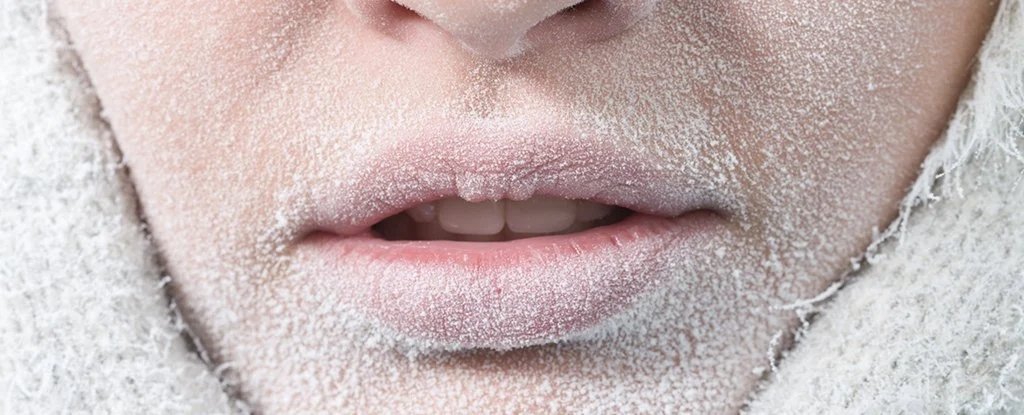In Minnesota, back in 1980, a man named Wally Nelson made a shocking discovery one New Year’s Eve morning. He found his friend’s body lying in the snow just a few meters from his door.
Nineteen-year-old Jean Hilliard had been returning to her parents’ house after a night out when her car stalled. She ventured out into the freezing night air dressed in only a winter coat, mittens, and cowboy boots, seeking help from her friend.
What followed is truly remarkable. Hilliard tripped and lost consciousness, leaving her body exposed to the harsh cold for hours. Eventually, she became “frozen solid,” drained of warmth and life.
Nelson eventually found her and, thinking she was dead, brought her inside. To his surprise, he noticed a few bubbles coming out of her nose, indicating signs of life. Thanks to his quick action, Hilliard was saved from becoming another statistic of hypothermia-related deaths.
So, how did Hilliard’s body manage to survive being frozen solid?
Survival stories in freezing temperatures are not uncommon. In fact, medical specialists in cold climates have a saying: “Nobody is dead until warm and dead.” The idea that extreme hypothermia doesn’t always lead to death has even become the basis for therapeutic techniques.
Lowering body temperature can slow down the metabolism and reduce the body’s need for oxygen, temporarily halting the dying process. Hilliard’s case, however, stands out due to the extreme nature of her hypothermia. Her body temperature dropped to a dangerous 27 degrees Celsius, almost 10 degrees lower than a healthy human.
Despite being essentially frozen, Hilliard made an incredible recovery within hours. Warmed by heating pads, she regained her health and even started talking by noon. Other than some numb, blistered toes, she experienced no significant long-term effects from her ordeal.
While friends and family credited the power of prayer for her recovery, it’s worth exploring the biological aspects. Water, unlike other materials, expands when it freezes. This expansion can be damaging to body tissues, causing them to burst.
Animals in sub-freezing conditions have evolved various adaptations to deal with the dangers of expanding ice crystals. For example, Antarctic blackfin icefish produce natural antifreeze glycoproteins. The wood frog floods its body with glucose, turning the contents of its cells into a syrupy substance that resists freezing.
Without further information, it’s difficult to determine exactly how Hilliard’s body managed to withstand being frozen. Was her body chemistry unique? Were her tissues different? These are questions that remain unanswered.
However, it’s important to note that while her body felt solid and resembled rigor mortis, her core body temperature was still above freezing. The surface of her body appearing cold and white, and her eyes seeming “solid,” were typical signs of severe hypothermia.
While Hilliard’s experience was undoubtedly shocking, it is a testament to the incredible capabilities of the human body. As we continue to learn more about these capabilities, we can rely less on luck and more on medical advancements and rapid responses to save lives in the future.
This article was originally published in July 2021.


